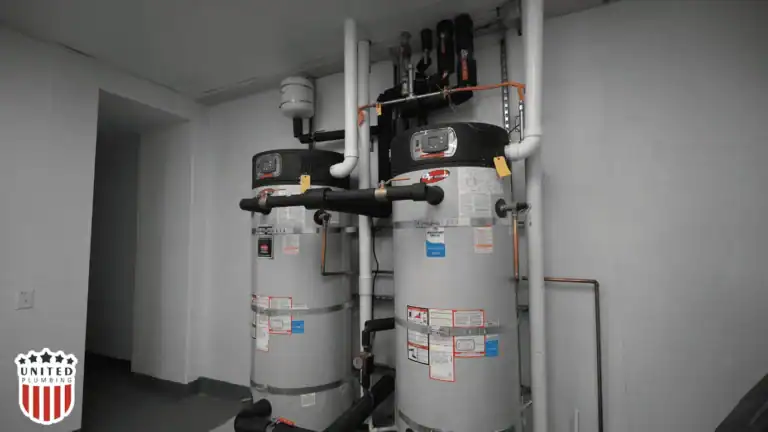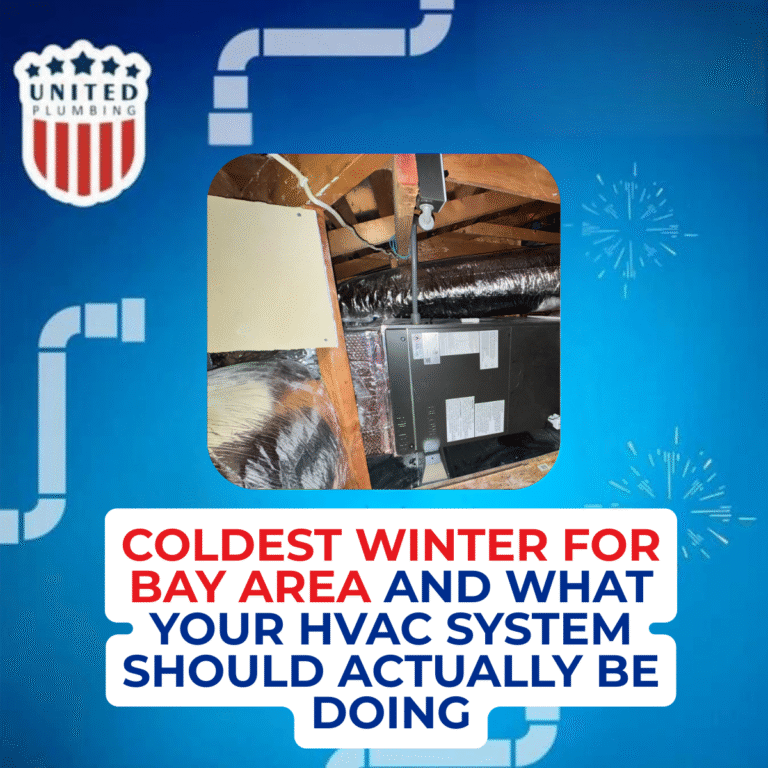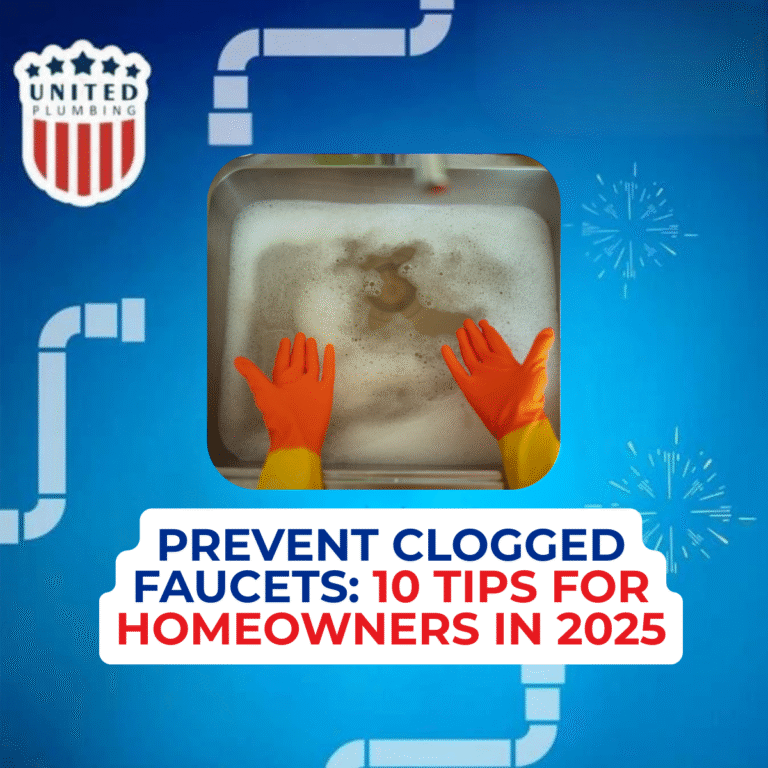FIVE-STAR TEAM WARRANTY &
SAME-DAY SERVICE
Water Heater Pilot Light Keeps Going Out? Here’s How to Fix It
After 15 years in this trade, we’ve seen it all—from brand-new water heaters that won’t stay lit to 20-year-old tanks barely hanging on. And when a customer calls saying, “My pilot light keeps going out,” I already have a mental checklist of likely culprits. Here’s everything you need to know if your water heater pilot light keeps going out, including what causes it, how to troubleshoot it, and when it’s time to call in a pro (like us).

What the Pilot Light Actually Does (And Why It Matters)
Think of the pilot light like the ignition system on your car. It stays lit so your water heater can fire up the main burner when needed. When that little blue flame goes out, the burner can’t ignite meaning no hot water.
The catch? It’s not always the flame itself that’s the issue.
Top 5 Reasons Your Water Heater Pilot Light Keeps Going Out
1. A Faulty Thermocouple
– The #1 Culprit
This one causes 80% of the pilot problems I fix. The thermocouple is a safety device that senses heat from the flame. If it thinks the flame is out, it shuts off the gas—simple and smart.
But here’s the problem:
Over time, that thermocouple can get dirty, warped, or just wear out. I’ve replaced hundreds of these on jobs, and often the fix is under $100.
Pro Tip: If it’s bent away from the flame, use pliers to gently reposition it—1/2 inch from the pilot is ideal.
2. Dirty or Clogged Pilot Tube
A tiny spider nest or a bit of rust inside the pilot tube can block gas flow. That’s all it takes. I’ve cleared more of these than I can count—especially in older homes or garages with a lot of dust.
If the flame is flickering, yellow, or barely visible? It’s likely dirty.
3. Drafts or Ventilation Problems
You’d be surprised how many times I’ve found a water heater in a laundry room with an open vent or cracked window nearby. Even a strong breeze under a garage door can snuff the flame.
And if the flue isn’t installed correctly, you’re not just losing heat—you’re losing that flame, too.
4. Bad Gas Control Valve
This is rare, but when it happens, it’s usually not DIY-friendly. If the gas control valve is malfunctioning, it may cut off gas to the pilot—even when the flame is fine.
I’ve had to replace these a few times, and it usually involves draining the tank and removing the burner assembly. Not for the faint of heart.
5. You’ve Got an Older Unit Near the End of Its Life
If your water heater is over 10–12 years old, all these parts (thermocouple, valve, pilot tube) start aging together. At some point, it’s like patching a rusted-out car—repairs just delay the inevitable.
Is It Safe to Relight the Pilot Light Yourself?
Yes—if you know what you’re doing. Here’s how I walk homeowners through it:
- Turn the gas knob to OFF and wait 5+ minutes to clear any gas.
- Turn the knob to PILOT, press it down, and hold a flame to the pilot.
- Keep pressing for 30–60 seconds, then release.
- If it stays lit, turn the knob to ON and you’re good.
Smell gas? Stop immediately and call your utility company or a licensed plumber.
When It’s Time to Call a Pro
If you’ve relit the pilot three times and it keeps going out or if you’re dealing with a part you’ve never seen before stop and call in backup. I’ve seen clients accidentally bend or strip components trying to “DIY it.”
The good news? Most pilot issues are fixable. And fast.
Need a hand? Contact our team for same-day water heater repair.
Pro Tips for Preventing Pilot Issues Long-Term
- Get your water heater serviced annually
- Clear dust and lint from the base monthly
- Don’t store anything flammable or heavy near the unit
- Watch out for drafts, especially in garages or utility closets
Final Thought from the Field
I’ve worked on thousands of heaters, and here’s the bottom line: if your pilot light keeps going out, don’t ignore it. It’s not just a nuisance—it’s a sign your system is trying to tell you something.
Handle it early, and you’ll save money, headaches, and maybe even a cold shower or two. Learn more about saving energy with water heating from Energy.gov.
Post views: 683
FAQs
Q: How do I know if the thermocouple is bad?
If the pilot lights, but won’t stay lit after you release the button, it’s probably the thermocouple.
Q: Can I replace the thermocouple myself?
You can—but make sure you buy the right type and shut off the gas completely. If you’re not sure, it’s best to call a pro.
Q: Is it worth fixing a 15-year-old water heater?
In most cases, no. A new one will be more efficient and come with a warranty.
Latest posts

Coldest winter for Bay Area in 2025 And What Your HVAC System Should Actually Be Doing
If your home feels colder than usual this winter, you’re not imagining it. Bay Area home heating systems are being...

Prevent Clogged Faucets: 10 Tips for Homeowners in 2025
Clogged faucets are one of the most common service calls we handle in California homes, and the good news is that...


If you still have questions or need advice, please leave a request and we will contact you as soon as possible
Need a plumber and got no clue where to start?
(408) 539-6936Facing a plumbing issue? Get a FREE in-person estimate and quick solutions from our skilled technicians, ensuring your home runs smoothly again!
